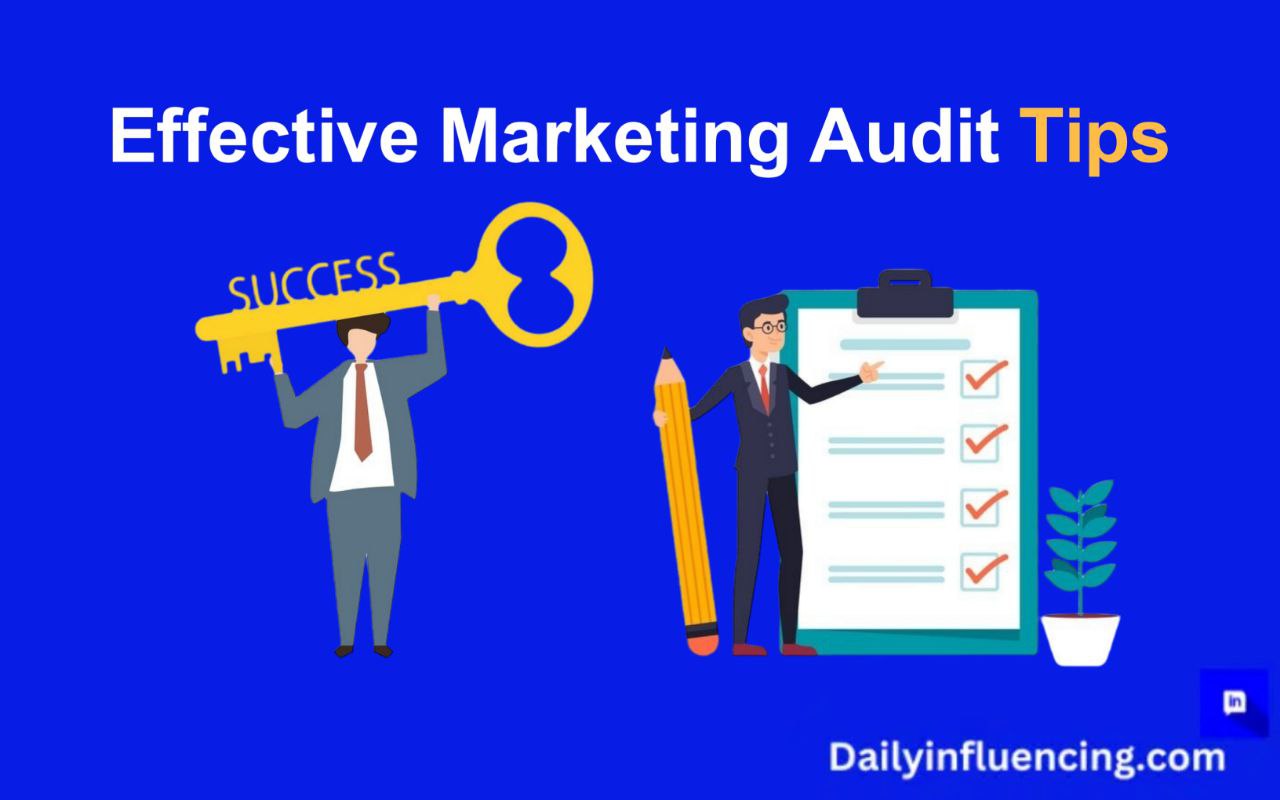
When was the last time you took a hard look at your marketing strategy? Not just to tweak an ad or update your branding, but to overhaul the system and find out what’s really working. A targeted, effective marketing audit for fast results transforms mediocre performance into measurable gains, and the best part? You don’t need months to see the impact.
Companies that perform regular marketing audits are 1.5x more likely to experience positive ROI growth. It’s clear that taking time to assess and realign your strategy is important.
The insights you uncover here can lead to higher engagement, streamlined spending, and a faster path to your goals.
This guide breaks down each step of a high-impact audit with a focus on speed. We’ll walk you through data-backed techniques, help you identify the gaps, and implement quick wins so that, in days—not months—you’ll start seeing the results in your metrics.
1. Define the Goals of Your Marketing Audit
Before you dig into data and metrics, take a step back and ask, “What am I really trying to achieve here?” Setting clear, measurable goals is the first step to an **effective marketing audit for fast results.
Whether it’s improving lead generation, boosting engagement, or increasing brand awareness, knowing the end game is what drives meaningful changes in your marketing strategy.
Marketers with clearly defined goals are 89% more likely to hit their targets and improve overall performance.
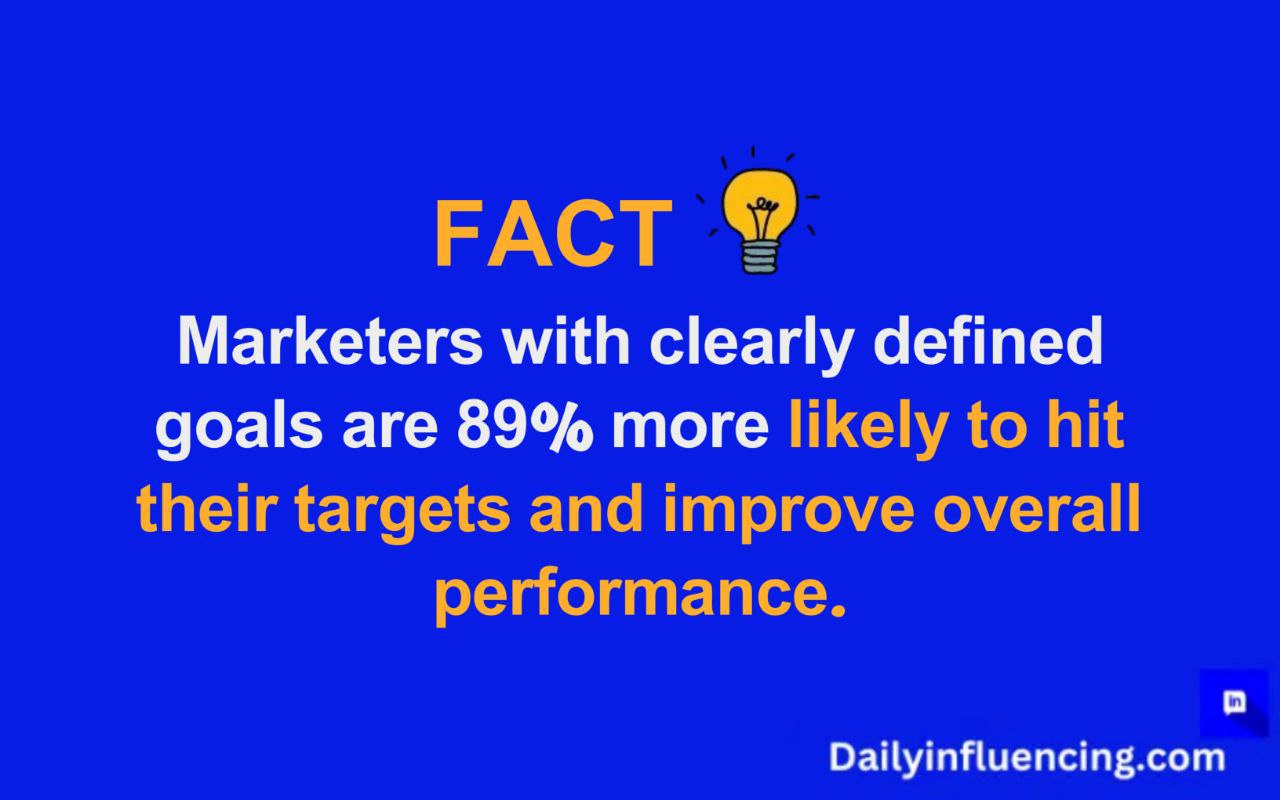
If you don’t know what you’re aiming for, it’s easy to get bogged down in unnecessary details and miss the critical adjustments that could boost your metrics.
Quick Checklist for Setting Marketing Audit Goals
- Identify your top KPIs (Key Performance Indicators).
- Focus on the primary objectives like lead conversion, engagement, and ROI.
- Align goals with high-priority business outcomes.
Setting up clear, targeted goals transforms an audit from a generic review into a focused analysis, pinpointing the areas that will drive the fastest impact.
Once goals are defined, the data you’ll need becomes clear, and you can dive in without wasting time.
2. Analyze Current Marketing Channels
Once you’ve defined the goals of your audit, it’s time to dive into an analysis of your current marketing channels.
This is another critical step in conducting an effective marketing audit for fast results because it allows you to pinpoint which channels are pulling their weight and which ones are merely taking up space in your strategy.
Ignoring this step means risking wasted resources on underperforming channels while missing out on opportunities to double down on what works.
Steps to Analyze Your Marketing Channels:
1. Review performance metrics: Look at key performance indicators (KPIs) for each channel. What’s driving traffic? What’s converting? Use tools like Google Analytics or social media insights to gather data easily.
2. Identify low-hanging fruit: These are the channels that have potential but are currently underutilized. Are there social media platforms where your competitors are thriving that you’re not fully engaged with?
3. Determine cost-effectiveness: Calculate the cost per acquisition (CPA) for each channel. Are you spending too much on channels that yield low returns?
4. Conduct competitive analysis: Compare your channel performance with your competitors. What strategies are they using that you could adapt or improve upon?
This channel analysis phase should give you a comprehensive view of where your marketing efforts are yielding fast results and where they are falling short.
3. Examine Content and Messaging Consistency
Your marketing content is your brand’s voice, and if it’s inconsistent, you’ll confuse your audience and dilute your message. An effective marketing audit for fast results hinges on your ability to evaluate whether your messaging aligns with your brand values and resonates with your target audience.
Assess Your Brand Voice
Start by reviewing the tone and style of your content across all channels. Is it cohesive? Your brand voice should reflect your values and mission. Whether you’re fun and quirky or serious and professional, consistency in tone builds trust.
Brands that present a consistent message are 3.5 times more likely to experience brand visibility and customer loyalty. That’s huge!
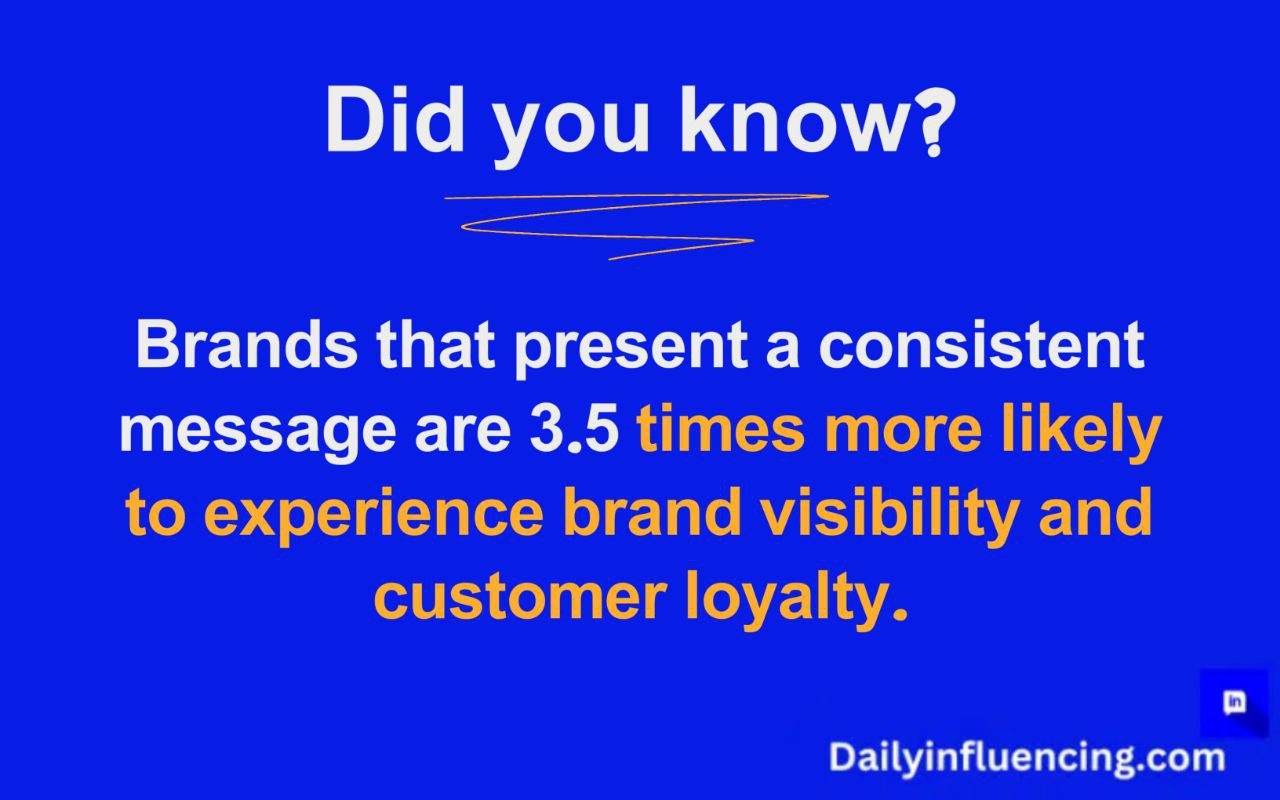
Check for Relevance and Timeliness
Next, evaluate whether your content is still relevant. Trends change, and your messaging should evolve with them.
Use analytics tools to determine which pieces are performing well and which ones are lagging. If you find content that doesn’t resonate anymore, update or remove it. .
Ensure a Clear Call to Action
Every piece of content should guide your audience to take action. Analyze the effectiveness of your calls to action (CTAs). Are they clear and compelling? Clear CTAs can lead to a 161% increase in conversion rates.
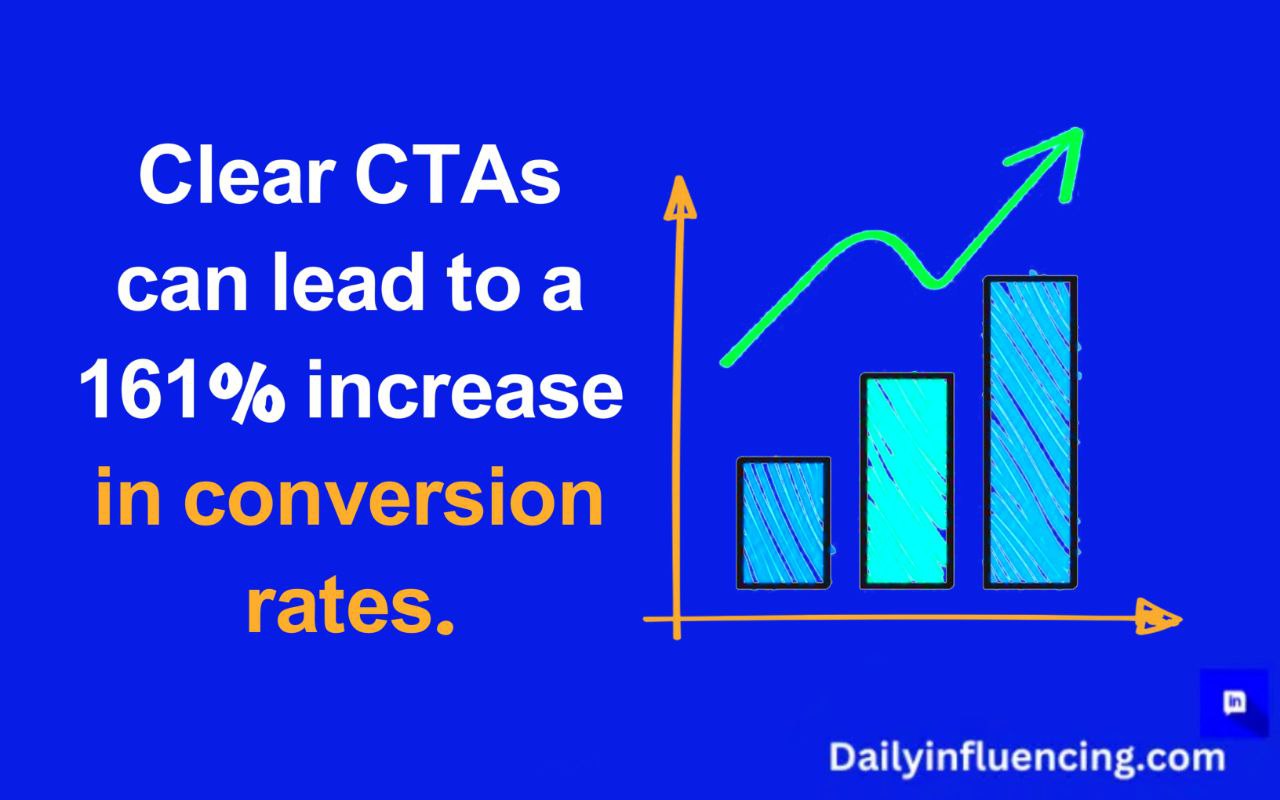
Test different versions and find out which ones drive the most engagement. The clearer and more direct your messaging, the better your results.
Align Content with Your Audience’s Journey
Make sure your content aligns with your audience’s journey. Are you providing the right information at the right stage?
Whether they’re just discovering your brand or ready to purchase, tailoring your content to their needs will improve their experience and increase conversion rates.
Inconsistencies in your messaging can derail your marketing efforts. By examining and refining your content strategy, you create a stronger, more unified brand presence that drives fast results.
4. Evaluate Marketing Technology and Tools
With the right tools, you can streamline your processes, enhance your campaigns, and ultimately drive results. But if you’re using outdated or ineffective technologies, you’re likely throwing your hard-earned budget down the drain.
Conducting an effective marketing audit for fast results also requires a keen assessment of the technologies at your disposal.
Audit Your Current Tools
Start by taking a good, hard look at the tools you currently use. Are they still relevant? Evaluate their performance based on metrics like user engagement, conversion rates, and ROI.
Look for Integration Opportunities
Next, think about how your tools work together. Are they playing nice, or are you juggling disparate systems that create more chaos than clarity?
Integrated marketing tools can enhance data sharing and streamline workflows. This means you’ll spend less time managing tools and more time crafting brilliant campaigns.
Assess User Experience
Then, consider the user experience of the tools. Are they intuitive and easy to use? If your team is struggling with the technology, it could hinder their performance.
Remember, even the best tools are only as good as the people using them. Regular training sessions can boost proficiency and effectiveness.
Stay Updated on Emerging Technologies
Keep your finger on the pulse of emerging marketing technologies. Innovations like AI-driven analytics or advanced CRM systems can transform how you engage with customers. Early adopters of new technologies can gain a competitive edge.
5. Review Budget Allocation
A marketing budget isn’t just a number on a spreadsheet; it’s a roadmap guiding your business towards its goals.
Conducting an effective marketing audit for fast results requires a thorough review of how every dollar is being spent. After all, if you don’t know where your money is going, you won’t know how to maximize your return on investment (ROI)
Analyze Historical Spend
Begin with a deep dive into your historical budget allocation. Break it down by channel, campaign, and tactic. This should include:
- Digital marketing: Social media ads, pay-per-click (PPC), SEO, and email marketing
- Traditional marketing: Print ads, TV commercials, and events
- Content creation: Blogs, videos, and graphic design
- Software and tools: Marketing automation, CRM systems, and analytics tools
Look for trends and patterns. Are you investing heavily in channels that aren’t delivering results? Marketers waste an average of 25% of their marketing budgets on unproductive campaigns. Identifying these areas is important.
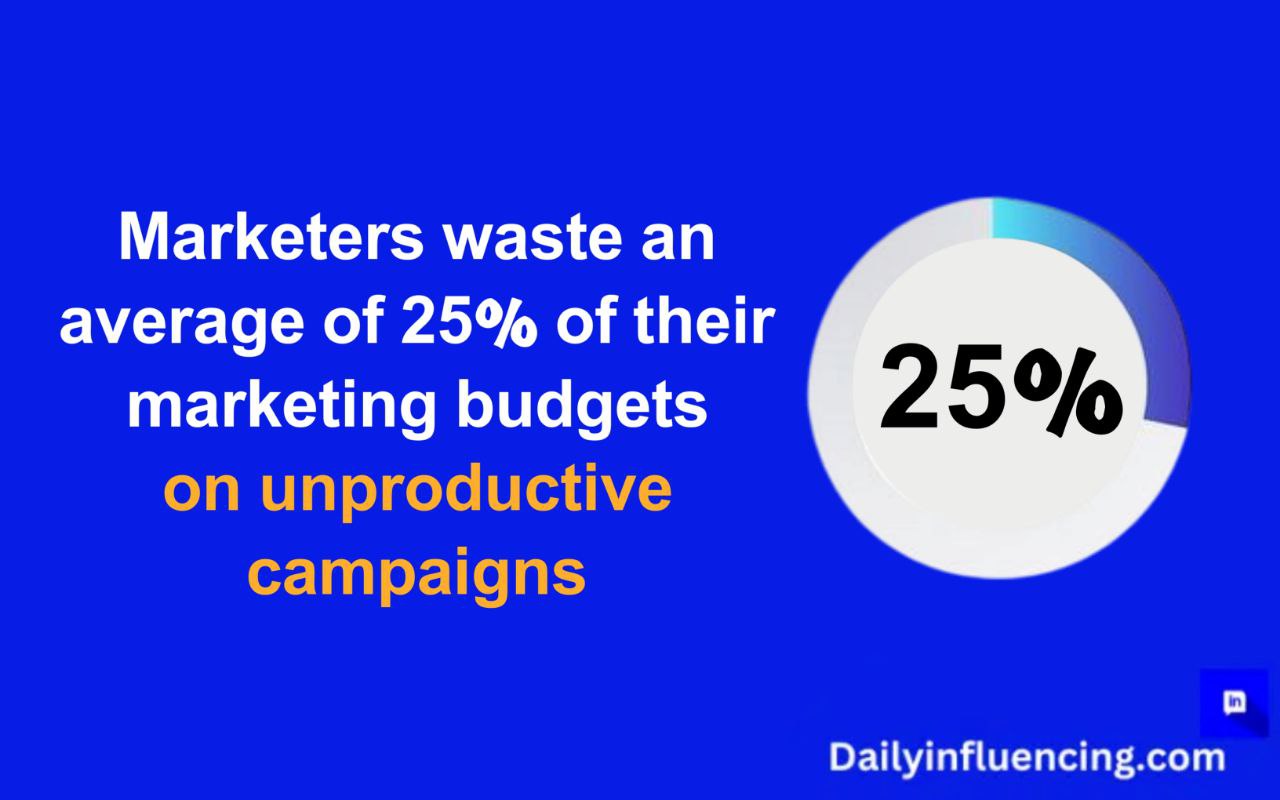
Evaluate ROI by Channel
Once you have a clear picture of where your money has gone, evaluate the return on investment for each channel. Use key performance indicators (KPIs) to assess effectiveness, such as:
- Conversion rates: How many leads turned into customers?
- Cost Per Acquisition (CPA): How much did you spend to acquire each customer?
- Customer Lifetime Value (CLV): How much revenue does a customer generate over their lifetime?
For instance, if you’re spending $1,000 on a Facebook ad campaign but only generating $200 in revenue, it’s time to reassess your strategy.
Adjust Based on Performance
Armed with this data, make informed decisions on reallocating your budget. Consider these strategies:
- Increase spend on high-performing channels: If a particular channel is driving significant conversions, allocate more resources there.
- Reduce spend on underperforming channels: If certain channels consistently yield low ROI, consider cutting back or experimenting with different strategies.
- Test new opportunities: Allocate a portion of your budget to test new channels or tactics. This could be a new social media platform, influencer partnerships, or innovative content formats.
Incorporate Feedback and Insights
Gather input from your marketing team. They are on the front lines and can provide valuable insights on where resources are needed most.
Regular feedback loops ensure that your budgeting decisions are well-informed and in tune with your marketing strategy.
7. Analyze Competitive Landscape
If you want to play the game of marketing, you need to know the other players. Understanding your competitors isn’t just about knowing their names; it’s about dissecting their strategies to identify gaps and opportunities for your own brand.
Conducting an effective marketing audit for fast results involves a thorough analysis of your competitive landscape.
Identify Your Key Competitors
Start by defining who your competitors are. It’s not just the companies selling the same products; it’s anyone vying for the same audience’s attention. Look for:
- Direct competitors: Brands offering similar products or services.
- Indirect competitors: Companies that solve the same problem but with different solutions.
- Emerging competitors: New entrants that could disrupt your market.
Once you’ve compiled a list, dig deeper. You want to know what makes them tick.
Conduct a SWOT Analysis
A SWOT analysis (Strengths, Weaknesses, Opportunities, Threats) is an effective way to break down your competitors. Here’s how to tackle it:
- Strengths: What do they do well? This could include brand reputation, customer loyalty, or innovative product features.
- Weaknesses: Where do they fall short? Perhaps their customer service is lacking, or their products have quality issues.
- Opportunities: What market trends can they capitalize on? Are they positioned well to take advantage of a new demographic?
- Threats: What challenges do they face? This could be economic downturns, regulatory changes, or emerging competitors.
Analyze Their Marketing Strategies
Now, let’s get granular. Investigate how your competitors are marketing themselves:
- Social media presence: Which platforms are they active on? What’s their engagement like?
- Content strategy: What kind of content are they producing? Are they focusing on blogs, videos, or podcasts?
- SEO tactics: What keywords are they targeting? Use tools like SEMrush or Ahrefs to identify their top-performing keywords.
- Customer engagement: How do they interact with their audience? Pay attention to their customer service and community engagement.
Benchmark Your Performance
Once you’ve gathered this data, it’s time to benchmark your performance against your competitors. Ask yourself:
- How does your brand’s online presence compare?
- Are your engagement rates higher or lower than theirs?
- Is your content resonating with your target audience more effectively?
This benchmarking not only helps you see where you stand but also provides insights into areas that need improvement.
Continuous Monitoring
Remember that competitive analysis isn’t a one-time task. The market is constantly evolving, and so are your competitors. Regularly revisit your analysis to stay updated on their strategies and shifts in the market landscape.
7. Conduct Customer Feedback Analysis
When it comes to understanding your marketing efforts, there’s no better source of insight than your customers.
Their experiences, preferences, and pain points can guide your strategy and help you make informed decisions.
An effective marketing audit relies heavily on what your audience is telling you—so let’s dive into how to gather and analyze this valuable feedback.
First, start by collecting data from various sources. This can include customer surveys, social media comments, and reviews on platforms like Google and Yelp. Each piece of feedback offers a glimpse into your customers’ minds.
For example, if you notice multiple customers mentioning slow shipping times, that’s a clear indicator that your logistics need some attention.
Once you have a pool of feedback, categorize it to identify trends. Look for recurring themes that point to strengths or weaknesses in your offerings.
Maybe customers rave about your product quality but are dissatisfied with your customer service. This is where you can pivot and focus your improvements.
Don’t shy away from engaging directly with your audience. Conduct interviews or hold focus groups to dive deeper into their experiences.
This personal touch can reveal nuances that surveys might miss. For instance, a casual chat might uncover that while customers love your product, they find your website difficult to navigate.
Finally, use this feedback to inform your marketing strategies. If customers express a desire for more educational content, consider creating how-to videos or blog posts that address their questions. Tailoring your marketing based on customer insights not only enhances their experience but also boosts loyalty.
8. Compile Findings and Create an Action Plan
After diving deep into your marketing audit, it’s time to compile your findings. This step transforms all the data and insights you’ve gathered into actionable steps that can drive results.
Organize Your Insights
Begin by reviewing all the information you’ve collected throughout the audit. This includes performance metrics, customer feedback, competitive analysis, and budget assessments. Look for patterns and key takeaways that emerge from this data.
For example, if your social media engagement has significantly decreased while your competitors have increased theirs, that’s a red flag.
Similarly, if customer feedback highlights issues with product availability, this indicates a need to improve inventory management.
Prioritize Issues
Once you’ve organized your insights, prioritize the issues that need attention. Not all problems are created equal. Some may have a more significant impact on your business than others.
Consider using a simple framework to rank these issues based on their urgency and potential impact. For instance, if your website has a high bounce rate, addressing this quickly could lead to immediate improvements in conversion rates.
On the other hand, a slow response time to customer inquiries might be less urgent but still warrants attention.
Develop an Action Plan
With your prioritized list in hand, create a clear action plan outlining the steps you need to take. Be specific about what needs to be done, who will be responsible, and the timelines for completion.
For example, if your action plan identifies a need for improved social media content, specify who will create this content, how often it will be published, and the key messages you want to convey. This structured approach not only helps you stay organized but also holds team members accountable.
Set Metrics for Success
Establish metrics to measure the effectiveness of your action plan. What does success look like for each initiative? This could be an increase in website traffic, improved customer satisfaction scores, or a rise in social media engagement.
Regularly Review and Adjust
Remember that your action plan isn’t set in stone. The marketing landscape is always changing, so make it a habit to review your findings and strategies regularly. Schedule follow-up audits to assess the effectiveness of your changes and identify new areas for improvement.
Conclusion
Depending on the depth of your marketing audit, the insights gained can profoundly impact your business strategy.
An effective marketing audit for fast results is not just a checkbox exercise; it’s a vital process that enables you to understand your strengths, weaknesses, and opportunities in a competitive landscape.
The point is to leverage the data you gather to drive meaningful change. When you actively engage with your audience, analyze your competitive environment, and monitor your performance, you position your brand to thrive.
Applying what you’ve learned throughout this audit process ensures you remain agile and responsive to market demands.
Marketing is not a one-time effort; it’s an ongoing journey of discovery and adaptation.





